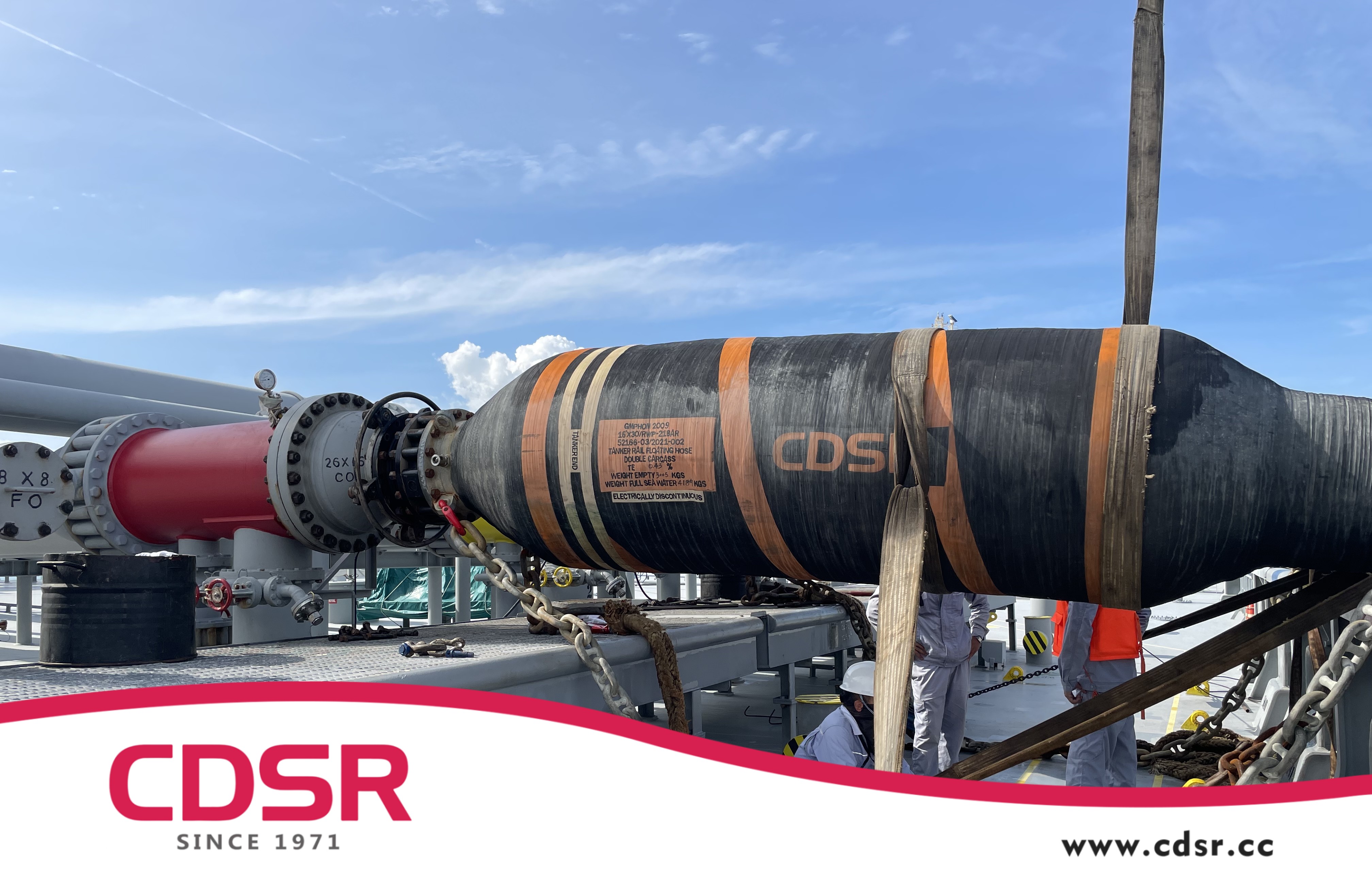Ship-to-ship (STS) transfers are a common and efficient operation in the oil and gas industry. However, this operation is also accompanied by potential environmental risks, especially the occurrence of oil spills. Oil spills not only affect a company’s profitability, but also cause serious damage to the environment and may even cause safety accidents such as explosions.
Marine Breakaway Couplings (MBC): Key Equipment to Prevent Oil Spills
In the ship-to-ship (STS) transportation process, as the core equipment connecting two ships, the hose system undertakes the key task of transporting oil or gas. However, hoses are very susceptible to damage under extreme pressure fluctuations or excessive tensile loads, which can lead to oil spills and pose a serious threat to the marine environment and operational safety. For this reason, the marine breakaway couplings (MBC) has become one of the key equipment to prevent oil spills.
MBC can automatically cut off the delivery process when an abnormal situation occurs in the hose system, thereby preventing further damage to the system and oil spill. For example, when the pressure on the hose exceeds the safety threshold, or the hose is overstretched due to ship movement, the MBC will be activated immediately to quickly cut off the transmission and ensure the safety and stability of the system. This automated protection mechanism not only reduces the possibility of human operational errors, but also greatly reduces the probability of oil spills.
CDSR double carcass hose: real-time monitoring to prevent problems before they occur
In addition to MBC, the CDSR double carcass hose can also provide strong technical support for preventing oil spill. CDSR oil hose integrates a rugged and reliable leak detection system. Through the leak detector attached on the double carcass hose, operators can monitor the status of the hose in real time.
The CDSR double carcass hose is designed with double protection functions. The primary carcass is used to transport crude oil, while the secondary carcass serves as a protective layer, which can effectively prevent the oil from leaking directly when the primary carcass leaks. At the same time, the system will provide real-time feedback to the operator on the status of the hose through color indicators or other forms of warning signals. Once any leakage is detected in the primary carcass, the system will immediately give a signal to remind the operator to take appropriate measures to avoid further expansion of the oil spill.

Date: 15 May 2025





 中文
中文